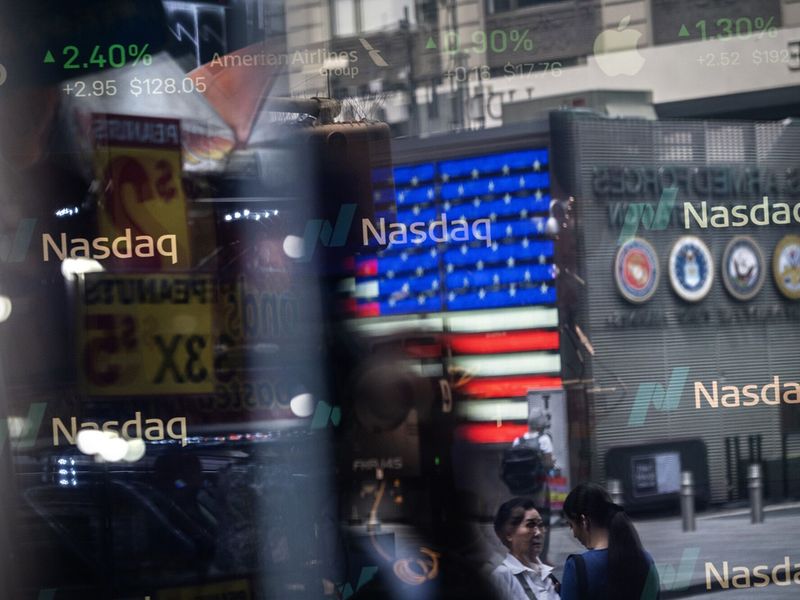
New York: US airline stocks posted their longest weekly slide in over two years as major carriers dial back forecasts in the face of rising oil prices and wages.
Delta Air Lines, the industry’s first to report third-quarter results last week, reduced its 2023 profit outlook due to escalating costs and fares that are coming down from the post-pandemic spike.
That was followed by a drumbeat of similar warnings from rivals United Airlines Holdings, American Airlines Group and Alaska Air Group.
The diminishing outlook accelerated a pullback from airline stocks, with the industry heavily exposed to the risks of rising oil prices and a potential slowdown in consumer spending. That sent an S&P index of five of the biggest US carriers down 5.9 per cent this week, extending losses to seven straight weeks, marking the longest losing streak since July 2021.
“Airlines are under a lot of pressure because the demand bounceback seems to be ebbing,” said Bloomberg Intelligence analyst George Ferguson. “And if fuel prices rise due to the problems in the Middle East, things will get worse.”
Brent crude topped $93 a barrel on Friday before paring the rise amid concern the war between Israel and Hamas may widen into a broader regional conflict. The price has risen some 28 per cent off of June’s lows.
Labor costs are also rising. United’s pilots recently approved a new contract that includes pay raises of as much as 40 per cent over the course of four years, the costliest ever at a US carrier. Delta and American have struck similar agreements.
Adding to the malaise, Americans are drawing down the excess savings banked during the pandemic lockdown, dampening the outlook for consumer spending. That’s compounded by the likelihood the Federal Reserve will keep interest rates high and by the end of the federal reprieve from college student-loan payments.

The $1.4 billion US Global Jets exchange-traded fund, while ending Friday’s session at a 52-week low, is on track to post its first monthly inflow in 17 months after raking in over $104 million so far in October. On Wednesday, high volumes of call options - which gain if a stock price rises - traded in both American and United Airlines.
Still, airlines have to find a way to stay profitable while coping with a much higher cost base and a post-pandemic travel rebound that’s losing steam.
With only budget-friendly carriers remaining to report, “we look for color on FY23 exit rates for CASM-ex [cost per available seat mile], with ‘cost convergence’ continuing to shape the investment narrative,” Susquehanna analyst Christopher Stathoulopoulos wrote in a note to clients.








